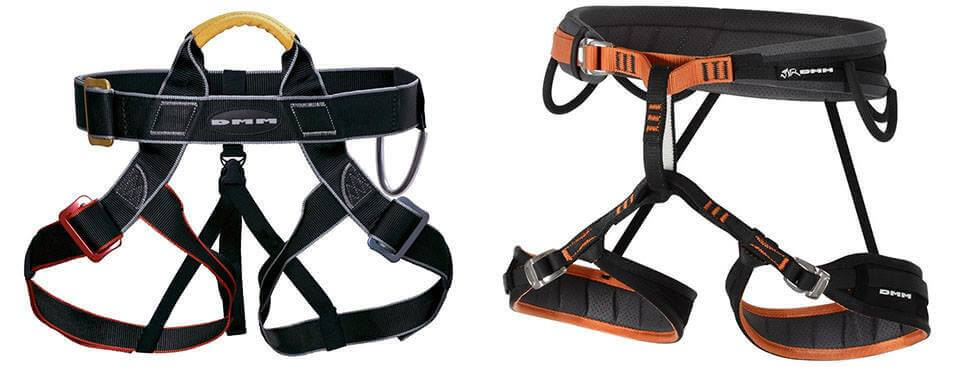Climbing shoes are used because they provide more support to the foot and better grip than trainers. By using the strength of your legs and good footwork, it takes a lot of the weight off your arms, enabling you to climb harder and longer.
Size
You may hear people say things like “go down a size from your regular shoe”, however climbing shoes are notorious for inconsistent sizing, so this isn’t always good advice. Wherever possible, it is always recommended to try shoes on in person. Even shoes from the same manufacturer will vary in size between one model and another, so trying on many pairs is the best way to find the size and shape that fit you best. Your foot should fill the shoe and there should be no dead space between your toes and the front of the shoe. Equally, your heel should fit snugly in the back of the shoe and shouldn’t slip off if you try to remove the shoe once it’s fastened closed. If they are painful, you’re probably not going to enjoy climbing in them, so go up a size.
Shape
Climbing shoes differ in shape depending on their intended use. A neutral or moderate shoe is a good starting point for a beginner. They are usually flat or slightly downturned, reasonably comfortable, quite stiff and offer a good thickness of rubber on the sole. The stiffness helps support your weight on small footholds and edges, helping to improve your footwork, while the thick rubber sole is more resistant to wear and will last longer than a more technical shoe.
Shoes described as severely downturned or aggressive are intended for steeper, overhanging routes as they allow your toes to hook holds more effectively. They are normally softer, with a thinner rubber sole to allow you to ‘feel’ more through your feet and be more precise with your footwork. While you may benefit from these features as a beginner, you will likely wear them out quickly and they are usually more expensive, so it is probably not worth it.
Material
Climbing shoes can be made of natural or synthetic materials, or a combination of the two. As a general rule of thumb, shoes made of natural materials, such as leather and suede, will stretch and mould to your foot with use, whereas synthetic materials won’t. Lined leather shoes are a combination of natural and synthetic, where the lining material helps prevent the leather from stretching as much.
This should be a a consideration when it comes to size, as some shoes (especially those without laces) may stretch up to a full size or more over time. Be sure to ask the retailer or read the description on the website to gauge how the shoe may change with use.
Closure
This is a simple one. Climbing shoes come with one of three closure methods: laces, velcro, or slip-on. Laces offer more adjustment and allow you to customise the fit more closely to your foot, but they can be slow and annoying to take on and off (plus laces snap). Velcro is a quick to use alternative which allows some adjustment, but not as much as laces. Lastly, some shoes are a slip-on fit. With these, it is incredibly important to get the right size, because if they don’t fit perfect, then there is no adjustment. Also, as mentioned above, slip-on shoes tend to stretch more as there is no method to retain the shape and structure of the shoe. That being said, they can be very comfortable and convenient.



